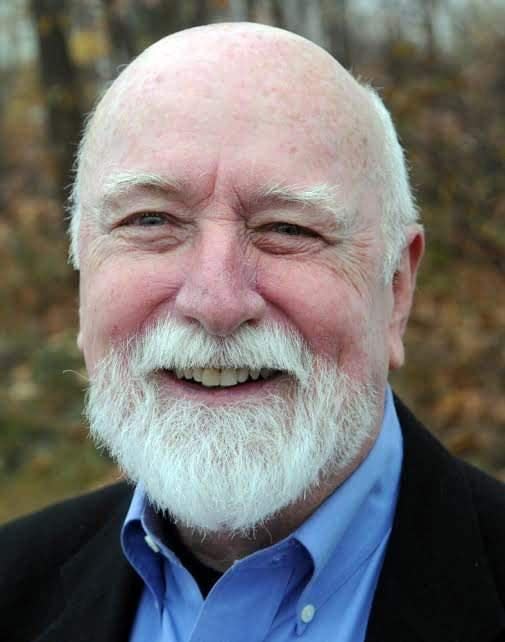The Observer: Guns, mental health and American culture
The mantra: “Guns don’t kill people — people kill people” never made much sense to me, but lately I’ve been rethinking my position. A string of mass shootings in California alone during two weeks in January has left me searching for answers. I haven’t changed my views on gun control but the idea that shooters are part of the problem is difficult to ignore.
People who want to focus on the mental health of mass murderers have a point. Who in their right mind kills seven members of his family as Michael Haight did on Jan. 4 in Enoch, Utah? Who in their right mind walks into a dance club where patrons are celebrating the New Year and murders eleven people as 72-year-old Huu Can Tran did in Monterey Park, California on Jan. 25?
Gun rights advocates, to the extent that they are tuned in to mass shootings, will focus on the why?

There is a good argument to be made for expanding mental health services to those who pose a clear danger. Most people with access to firearms never commit violent crimes, so why not direct attention to the people who are likely to, rather than going after everyone who possesses a gun? Makes sense.
Gun control advocates alarmed by the spate of mass killings this year focus instead on how? This would not happen, they say, if there weren’t such easy access to semi-automatic weapons and high-capacity magazines. This makes sense, too.
The Observer:How to legally rig an election
The weapon used to attack the dance hall in California was a modified 9 mm semi-automatic which, under California’s relatively strict gun laws, is illegal. Yet that attack still happened. What exactly is it about American culture that makes it so difficult to effectively regulate firearms?
Australia banned semi-automatic weapons in 1996 after a mass killing in Tasmania.
New Zealand did likewise in 2019 after an attack in Christchurch. Canada followed suit in 2020 after a similar incident in Nova Scotia. America routinely sees events like these with no public policy response.
The Gun Violence Archive reports there were eight mass shootings in the country as of Feb. 5. The total number of gun deaths from all causes (suicide, murder, defensive incidents, accidents) is well over 4,100 so far.
To date, mass shootings have killed 165 young people (0-17 years old) and injured almost 400 others under age 18. Most gun safety proponents say that we should end civilian access to semi-automatic weapons.
The Observer:The role of a lifetime
I agree it is proper to restrict access to military-style firearms. Let’s treat guns the way we do automobiles: license users, require owners to pass tests, and purchase insurance.
But with some 393 million firearms in civilian hands in this country and more being added every day, controlling guns is an enormous task. That’s not a reason to avoid trying but gun safety measures alone are not going to be sufficient. We need to think seriously about what makes people take up such weapons and create such mayhem. What’s the pathology behind the violence?
Each of these problems — gun safety and mental health — exists in a particular cultural context. Gun ownership, protected since 1791, is part of our history and part of our culture, but so are what we think of as mental health and mental illness.
Is there also a connection between the building of private arsenals and mental health? I can understand why people possess a rifle or a shotgun for hunting or a pistol for target practice and sport. But why anyone feels the need to possess even one semi-automatic gun designed for killing is beyond me. What does building a private armory of military weaponry tell us about the collectors?
We can’t see into the mind of people like Haight or Tran or know whether mental health services could have helped. I think it is possible, however, to identify the conditions that fuel mass murderers like them: social isolation, rage, failed relationships, disappointments about the past, and despair about the future. All are circumstances ripe for clinical intervention.
Mad acts are psychologically driven but they are also culturally bounded. Gun ownership, too, reveals a psychological and a cultural response to the perceived world.
Each of these issues is a matter of public policy and, frankly, each is easier to resolve than changing the culture that shapes them.
How do we change a culture fixated on the most deadly weapons and also challenged in terms of psychological well-being?
Ron McAllister is a sociologist and writer who lives in York.
This article originally appeared on Portsmouth Herald: The Observer: Guns, mental health and American culture
